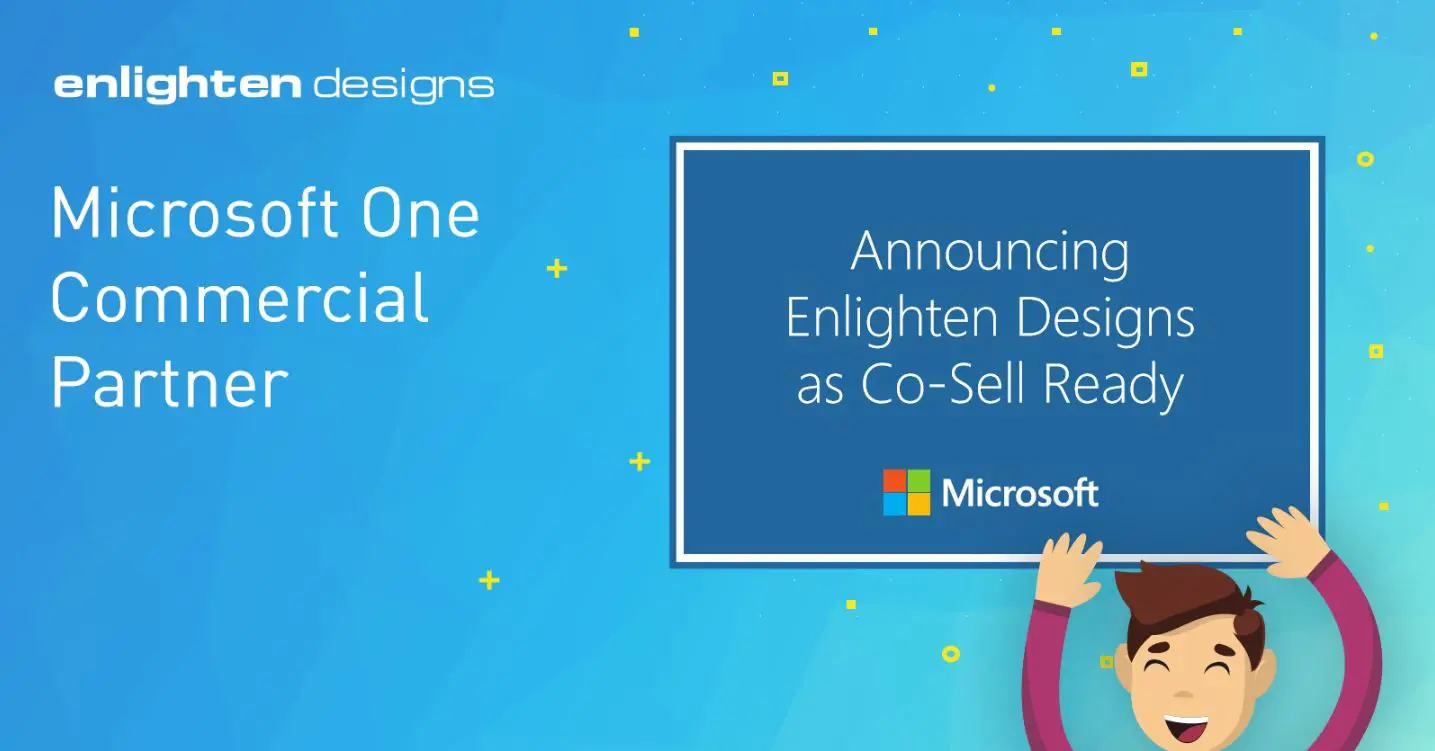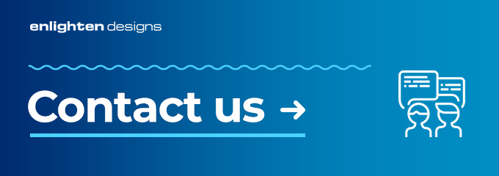Blog
Art and Science: A Look at the Modern Marketing Organisation
13 January 2020
The basic goal of marketing hasn’t changed; it’s always been to communicate the value your product or service has to customers. However, the way we do it has changed significantly. Developments in technology allow marketers to share personalised messages at scale.
The modern marketing organisation is a combination of art and science – specifically, agency employees with creative backgrounds, who are using cutting-edge technologies to personalise messages and tell compelling stories. The traditional marketing organisation has evolved. What does this mean for marketers today?

The Evolution of Marketing
Marketing has been taking place since time immemorial, ever since the first vendor tried to sell his wares publicly. For thousands of years, marketing was built on personal relationships. The industrial revolution changed that; as technology improved, marketers could connect on a broader, less personal level. Yet, by the beginning of the 21st century, technology enabled marketers to connect on a more personal level yet again, while reaching larger audiences.
In addition to the field of marketing itself, roles within marketing have changed. Previously, marketing leaders spent most of their time as experiential and digital marketers, also wearing the hats of sales enabler, talent recruiter, and brand manager. Now, marketing leaders are about a quarter customer experience advocate and fan builder, with equal parts technologist and data scientist as well as growth innovator, and to a lesser extent, operations optimizer, talent developer, and business owner.
Why Roles Have Changed
What’s brought about the change discussed above? There are a few factors at play:
- An influx of data
- The need to personalise messaging at scale
- The necessity of data storytelling
An Influx of Data
The biggest change that the modern marketing organisation has faced is the massive influx of data. Today, there are over 2.7 zettabytes of information in our digital universe, and that number is growing all the time.
Every 60 seconds:
- 149,513 emails are sent.
- 3.3 million Facebook posts are created.
- 65,972 photos are uploaded to Instagram.
- People post 448,800 tweets.
All of that information tells you something about your customers and prospects. However, data is meaningless unless you can make sense of it. The modern marketing organisation has to blend art (the creative work behind the messaging) with science (analytics tools and business intelligence) to make sense of this information and get value from it.
The Need to Personalise Messaging at Scale
As mentioned earlier, marketing evolved from a focus on personal relationships to broader, impersonal messaging. By the beginning of the second millennium, though, the pendulum swung back to the need for personal messaging. That swing wasn’t accidental – it has to do with how customers have been empowered by social media and mobile devices. They’re no longer shy about sharing how they feel, and they don’t want to be treated like just another number.
So, how do you personalise messages for hundreds of customers? That’s where the science comes in. AI makes use of information a user has shared previously (such as information a user has entered already) to shape the content they see. Thanks to AI, the modern marketing organisation can differentiate between many individual users, while providing them personalised content.
The Necessity of Data Storytelling
The massive amounts of data available can be a boon to marketers. There’s so much information we can share with our audience! However, data can be both a blessing and a curse if you don’t share it in a way that grabs your customers’ attention.
That’s where data storytelling comes in. ‘Data storytelling’ is a way to make sense of information that holds your audience’s interest. It explains why your numbers matter, and it’s also a very important part of data analysis. While you might know that there’s a strong relationship between X and Y, data storytelling helps you figure out what you should do about it.
The Blend of Art and Science in a Modern Marketing Organisation
Microsoft Cognitive Services allow you to blend art and science at a modern marketing organisation. This technology incorporates AI and analytics to personalise customer communications and data visualisations for data storytelling. We’ll illustrate with an example how Microsoft Cognitive Services is used at a modern marketing organisation.
Joanne and her team are working on an account for an application developer. The team uses Microsoft Cognitive Services to perform a simple exercise – they want to know what people are saying about the app developer. Microsoft Cognitive Services and Power BI work together to extract the most important phrases gathered from customer feedback and create a word cloud. At a glance, the world cloud tells Joanne and her team what matters to the app developer’s target audience.

Next, Joanne and her team embark on an intelligent personalisation strategy. With Microsoft Cognitive Services, they customise offers for customers based on actions they’ve taken on the app developer’s website or previous purchases. Such an offer might be 20 per cent off the next consultation or six months of free tech support.
At the modern marketing organisation, personalising customer experiences isn’t the end of the story. The customer experience must be tailored as well. Microsoft Cognitive Services modifies sites or applications for customers; if a customer has already used a chatbot and supplies his or her name, for instance, the chatbot will remember that fact for the next visit.
In addition, Joanne and her team utilise Microsoft Cognitive Services’ predictive analytics to understand what next steps customers will take. If a customer just purchased app development services, the next best thing to offer is tech support. Customers feel valued when a company can give them what they want, which is what predictive analytics do.
Enlighten: Helping You Blend Art and Science at Your Modern Marketing Organisation
Since 1998, Enlighten has helped organisations blend art and science to satisfy their customers. We’re a proud Microsoft partner, having achieved Gold status in the categories of Application Development, Data Platform, and Data Analytics.
Recent Articles
Want to stay updated with what we are doing?
Subscribe to our newsletter for our ideas about development, marketing, and technology. See our latest work, find out about career opportunities, and stay notified about upcoming events.
Subscribe to our newsletter


